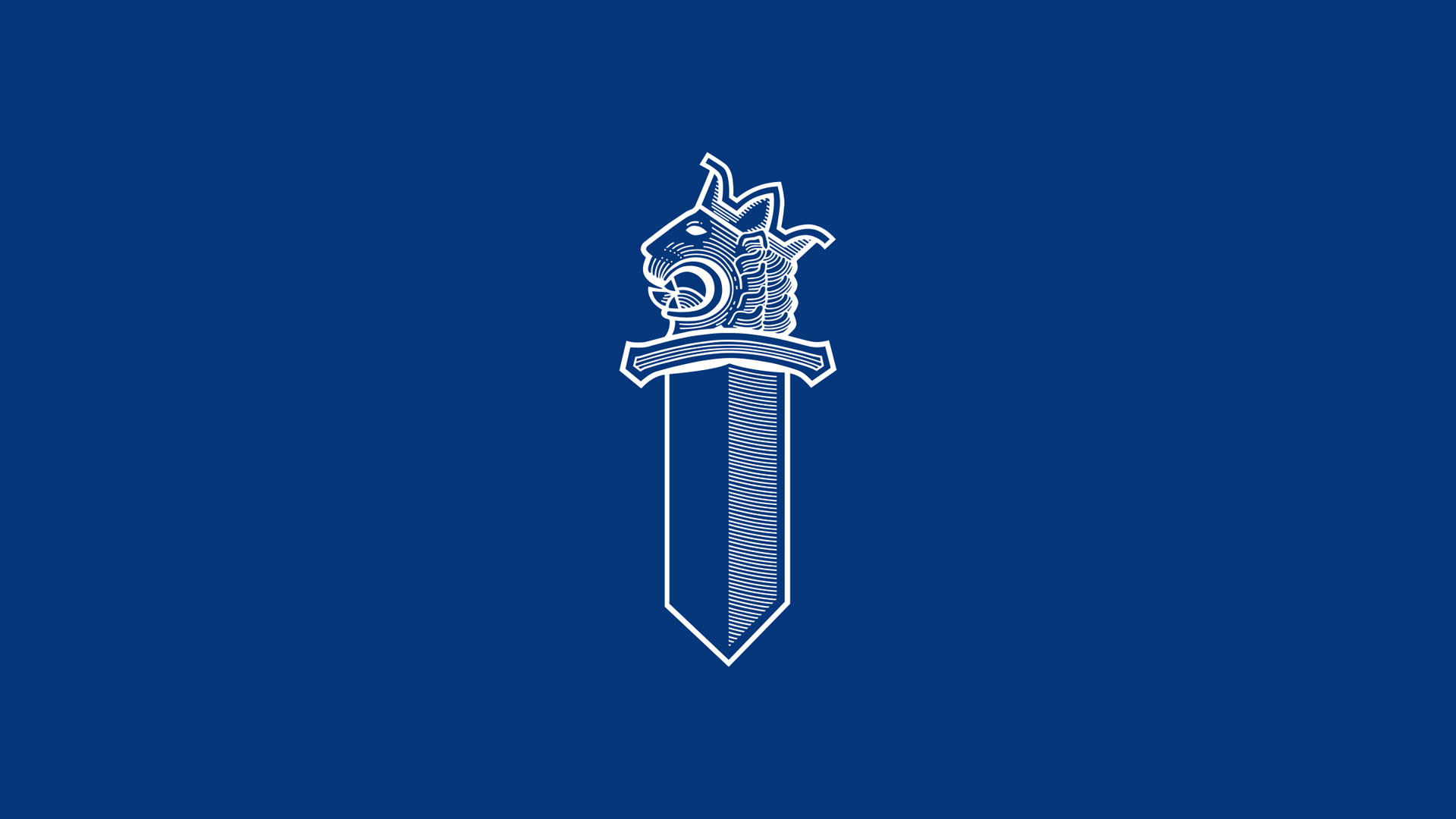The “Recognise, learn, report!” campaign seeks to prevent crime taking place online

A joint campaign by the National Police Board, the National Bureau of Investigation, Save the Children Finland and the Protect Children association aims at increasing awareness of crimes taking place in the online environment, how to recognise them, how to report them and how to prevent them. The campaign will take place on social media channels in the week starting on 2 September. The target group consists of schoolchildren in grades 7–9, but material has also been created for teaching and education professionals and other adults.
The online world is an extension of the real world, where encounters and events similar to the real world take place – including crimes. However, crimes may be more difficult to detect online, and it is also possible to commit a crime through thoughtlessness. Therefore, it is important to learn how to recognise online threats and how to deal with them – and, at the same time, to know one’s rights and the limits of lawful actions.
“Today, the online world is a part of our lives, whether we want it or not. There is no need to demonise it, but it is good to know its ground rules. It is important to be aware of the risks and responsibilities related to online activities. It is equally possible to commit a crime online as in the real world, for example. So there is good reason to practice and review the ground rules of the online world in the same way as traffic rules,” says Sanna Heikinheimo, Deputy National Police Commissioner, National Police Board.
Ground rules in the online world
According to the Protect Children association, children should learn digital safety skills as early as possible. Every child and young person has the right to knowledge, learning and protection in the digital environment as well. The most important thing is that adults are present and support the child’s growth and development in all environments. The Stop, Slow & Go materials and workshops aimed at early childhood education and primary schools develop children’s skills in making decisions in the fast-changing situations on the Internet. The materials also encourage discussions about digital everyday activities with a safe adult. The #MyFriendToo page offers young people clear information and instructions for a situation in which they find out that their friend has fallen victim to sexual harassment, grooming or sexual violence.
“Hidden criminality is not a question of the lack of services that offer help but of children and young people not telling about their experiences to adults but primarily to their friends. The #MyFriendToo website maintained by the Protect Children association strengthens young people’s inclusion, civic participation, and the disclosure of harassment, grooming and sexual offences to adults and reporting them to the authorities,” says Nina Vaaranen-Valkonen, executive director, senior specialist and psychotherapist at Protect Children.
Lawfully online
The National Bureau of Investigation is participating in the campaign through the Cybercrime Exit project. The project, launched in 2020, is a part of the preventive special activities of the police. It focuses on the prevention of serious cybercrime by young people. The target group of the activities consists of young people aged 12 to 25 that have committed or are at risk of committing serious cybercrime.
“People committing cybercrime are often very young. It is typical of cybercrimes that they often act as preliminary or related offences to various other crimes. The Cybercrime Exit project is working to prevent the occurrence of cybercrime, to deploy the models for interrupting the spiral of crime and to support young people who are giving up a lifestyle involving cybercrime as part of the Exit activities of the police,” says Viivi Lehtinen, project manager at the National Bureau of Investigation.
Adopting a responsible working culture is a central part of growing into an IT professional. It is important to support children’s and young people’s interest in IT by guiding them to developing their skills with lawful options at an early stage. The Cybercrime Exit project seeks to increase awareness on the limits of lawful and unlawful activities and to guide young people with good IT skills to legal opportunities.
Young people need information about how to recognise sexual violence
Young people need information not only to act lawfully and safely online but also to recognise crime that takes place online. Young people have told Save the Children Finland that they need information on how to recognise sexual violence and instructions on what to do when encountering sexual violence or harassment online.
The Nettivihje online service maintained by Save the Children Finland has been working to prevent sexual violence against children for more than 20 years. It has produced six animated videos aimed at young people to help recognise and prevent various situations involving sexual violence against children, report them and seek support.
“A child or a young person does not always even realise that they have encountered sexual violence and that it could involve a crime. Increasing awareness helps children and young people protect themselves and their boundaries and lowers the threshold of telling an adult about experiences of violence,” says Paula Soini, specialist working with the Nettivihje service at Save the Children Finland.
Awareness and understanding through discussions
The campaign will be visible during the week starting on 2 September on the social media channels of the participating organisations. The campaign will increase awareness and call attention to the importance of discussions about digital everyday activities. It is also important to continue the discussions about recognising cybercrime after the campaign as well.
“It would be great if teachers and other adults working with the young talked about the campaign’s themes with young people and studied the materials. It would also be good to talk about the theme at home and include online activities in everyday discussions in the same way as other areas of young people’s lives,” says Chief Superintendent Miia Lehtinen from the National Police Board.
Cybercrime Exit – prevention of cybercrime committed by young people
Online tip-off form
Finnish Hotline Nettivihje
#MyFriendToo
Stop, Slow & Go workshops by Protect Children
Important information and support for children and young people
socialShareGray




